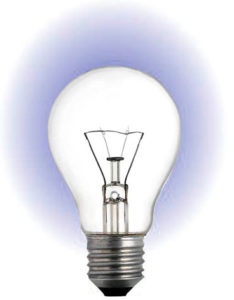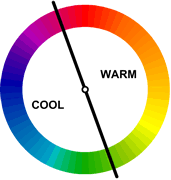Previously we covered Paper Specifications-Brightness and how brightness can affect the printed color when printing with inkjet. Paper Whiteness can also have an affect on the printed color value and it’s important to understand the distinction between whiteness and brightness.
While paper brightness and whiteness are somewhat similar, they are not interchangeable.
Refresher… a paper’s Brightness measure is the amount of reflectance of a specific wavelength of blue light. Brightness is generally measured on a scale of 0 to 100 – the higher the number, the brighter the paper. Because of capturing only the blue light, papers which measure brighter can often visually look the same as lower measured papers. There are also multiple “standards” for measuring brightness so make sure you are comparing measures from the same system (TAPPI, ISO, D65).
 Whiteness measures the reflection of all wavelengths of light across the visible spectrum. By capturing the entire spectrum, the whiteness measure is better aligned with our visual perception.
Whiteness measures the reflection of all wavelengths of light across the visible spectrum. By capturing the entire spectrum, the whiteness measure is better aligned with our visual perception.
So, the higher the measured whiteness rating (which also uses a 0-100 scale with exceptions noted below), the whiter the paper will appear.
Using the entire spectrum of visible light, paper with a very high whiteness number can appear to have a blue tint depending on what light source it is viewed under. Remember, unlike brightness, we are capturing all the wave lengths of the paper including blue.
Think of the hue or color a light bulb gives off.
When a measurement is above 100, it indicates that the paper contains Optical Brighteners, called OBA’s. These OBA’s will give paper a blue tint.
OBA’s are chemical compounds that absorb light in the ultraviolet and violet region (usually 340-370 nm) of the electromagnetic spectrum, and re-emit light in the blue region (typically 420-470 nm) by fluorescence. These additives are often used to enhance the color appearance of paper with the intention of giving it a visual blue-white shade.
The most common whiteness measure, D65 illumination, represents outdoor daylight. This standard is called CIE Whiteness and was developed by the French-based International Commission on Illumination (also abbreviated CIE). Indoor lighting, of course, will change how white the paper appears, and this will vary even more between fluorescent and incandescent bulbs.

A warm white shade will absorb the blues and cooler colors.
A blue white shade will absorb the warmer colors and reflect more blues or cooler colors.
When color profiling using L*A*B* measures, mid-tones and shadows are adjusted to the amount of blue found in the B* value of the paper. But for high light areas which allow more paper to show through and have little to no cyan found, blue cannot be adjusted and therefore highlight and flesh tones can can take on a visual blue tint. This is not an issue with the ink itself, but from lack of dot fill causing more paper showing through. Papers high in OBA’s can cause issues when color matching with inkjet.
Paper whiteness is particularly important in markets for which small text and readability is important such as book as well as magazine. For magazine images, the level of OBA’s in the paper can affect color reproduction accuracy of certain colors combinations.
Remember to test your images through fingerprinting the ink, machine and paper to assure that any OBA’s in your paper do not affect your high light and flesh tone areas.
